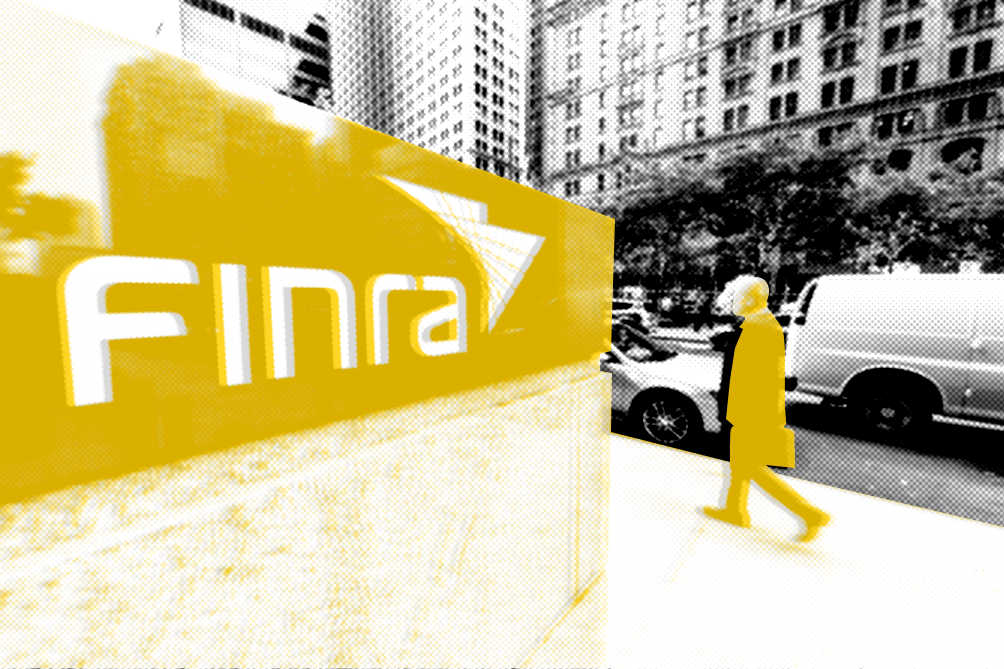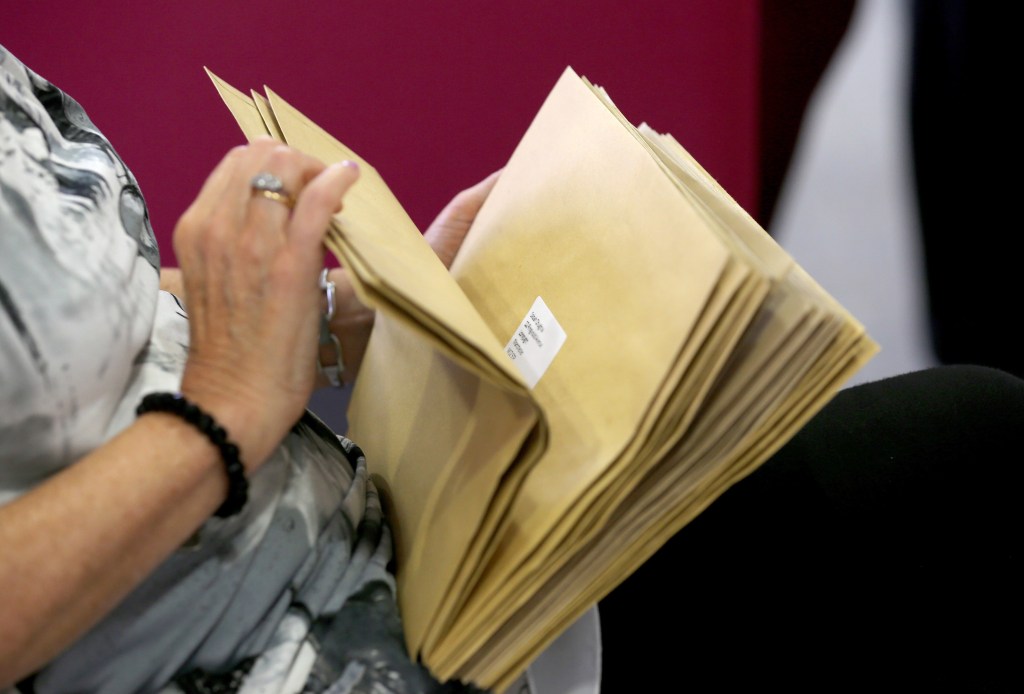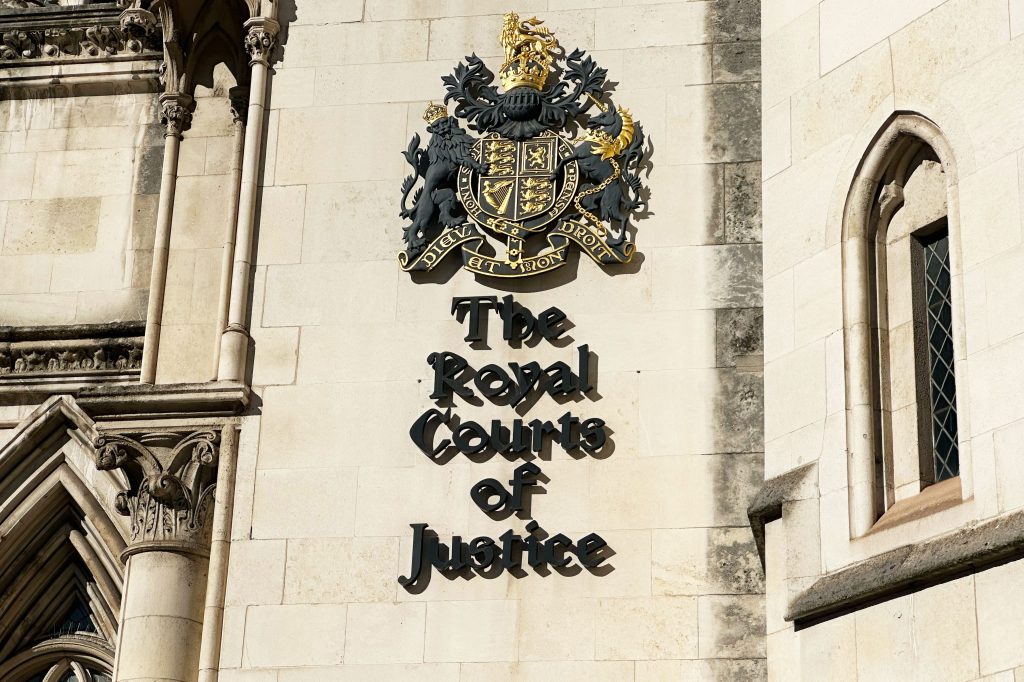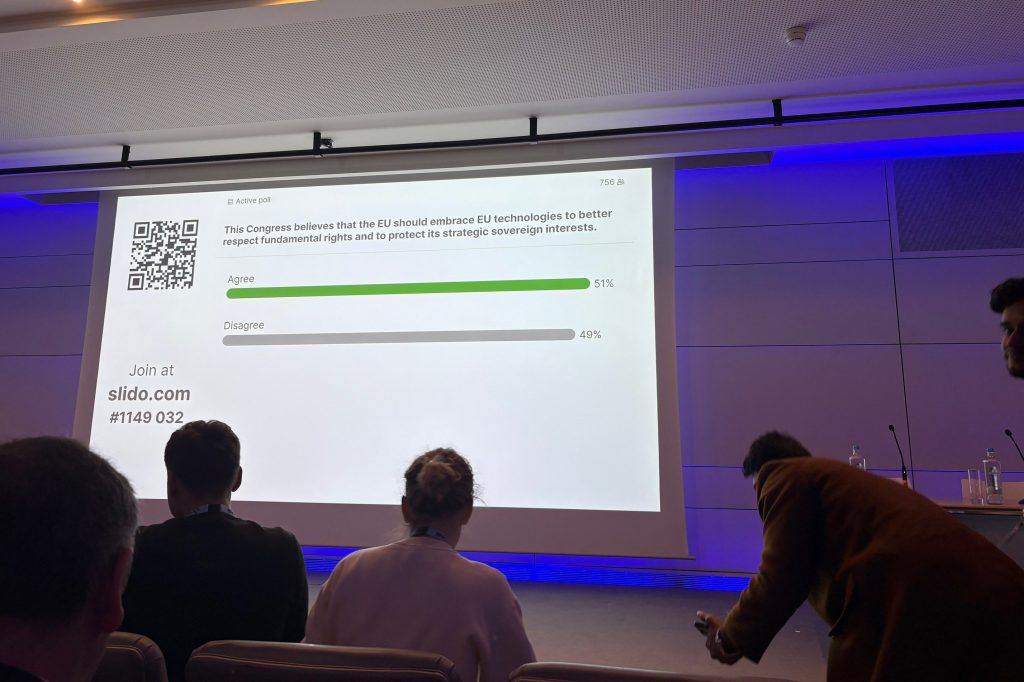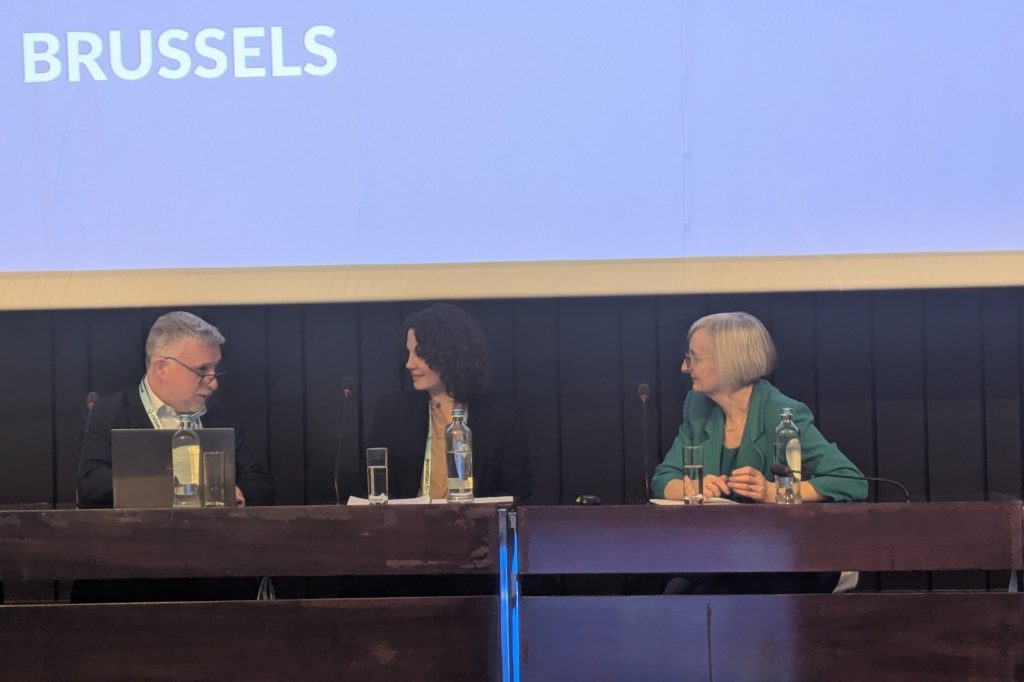In early 2025, the SEC intensified its oversight of digital assets by establishing a dedicated Crypto Task Force. This interdisciplinary unit, comprising 14 professionals from across the agency, including individuals with close industry familiarity, was charged with identifying gaps in the regulatory framework, modernizing standards for custody and disclosure, and refining enforcement
Register for free to keep reading.
To continue reading this article and unlock full access to GRIP, register now. You’ll enjoy free access to all content until our subscription service launches in early 2026.
- Unlimited access to industry insights
- Stay on top of key rules and regulatory changes with our Rules Navigator
- Ad-free experience with no distractions
- Regular podcasts from trusted external experts
- Fresh compliance and regulatory content every day

